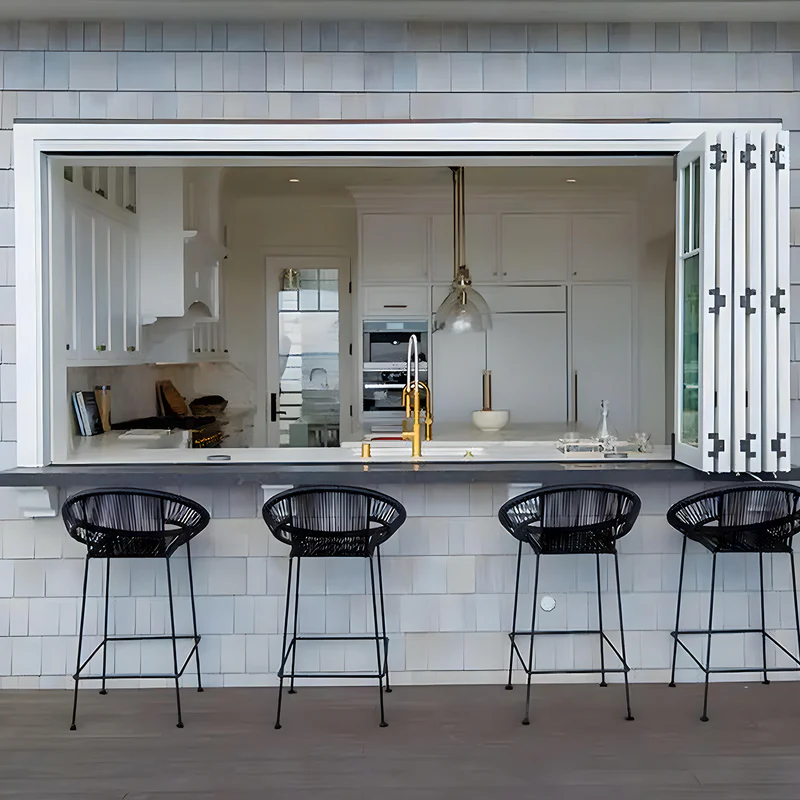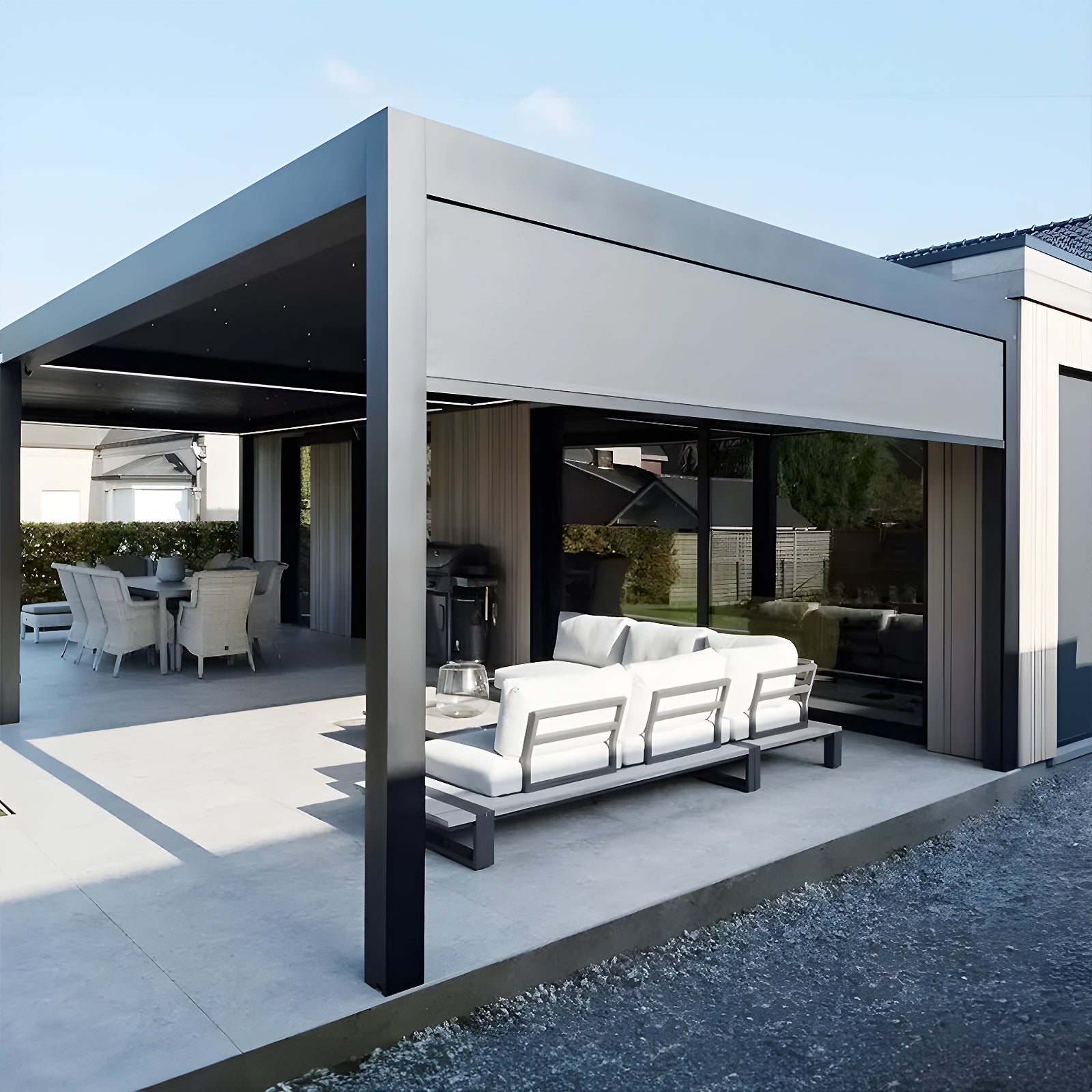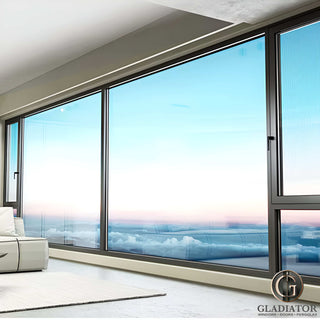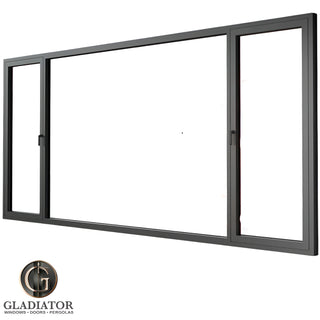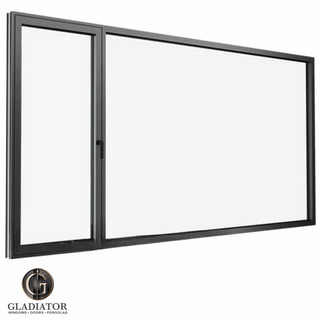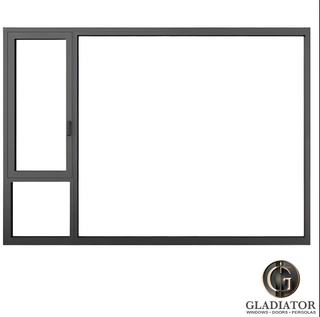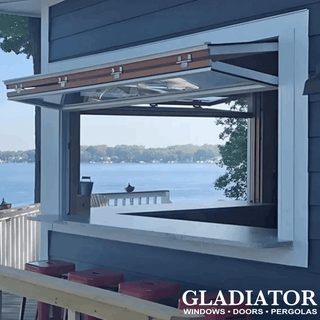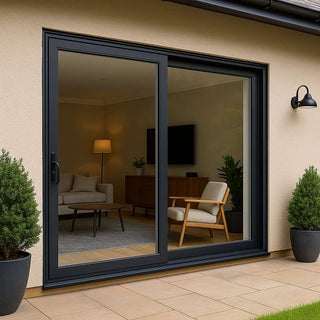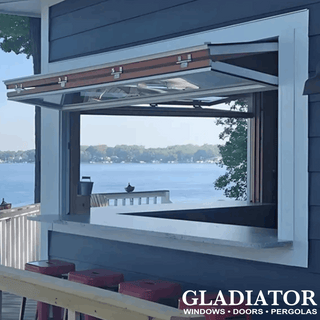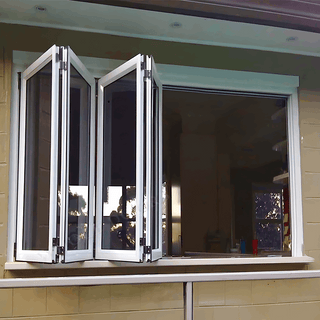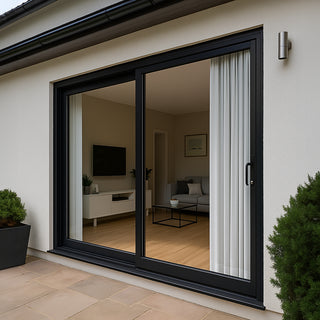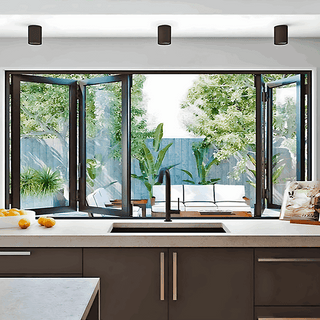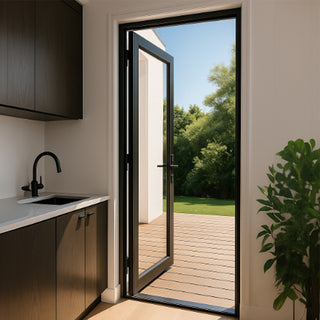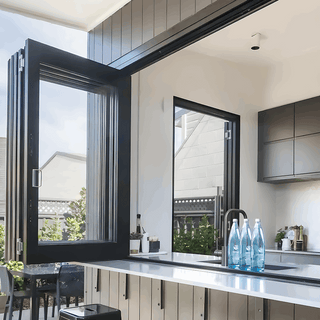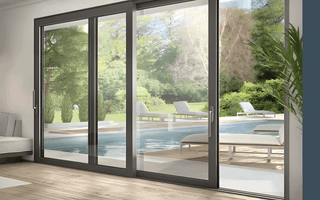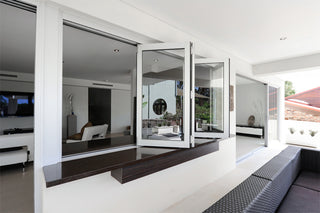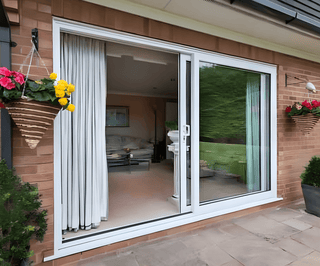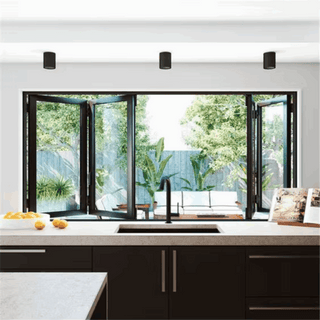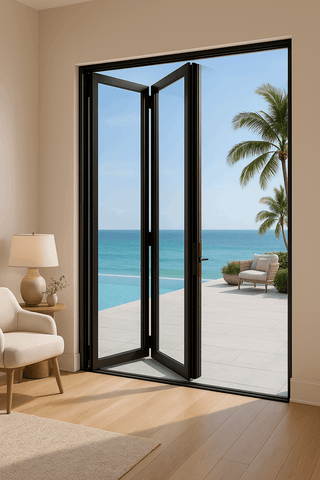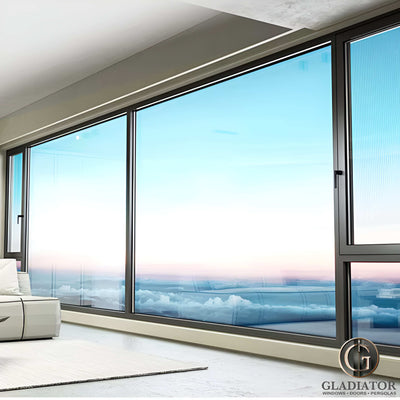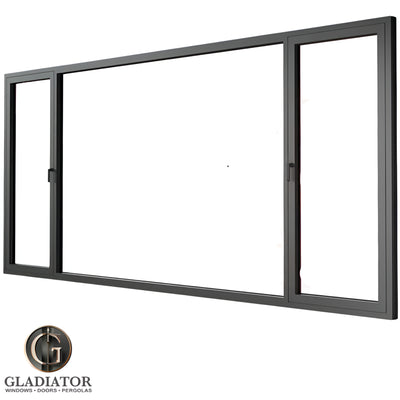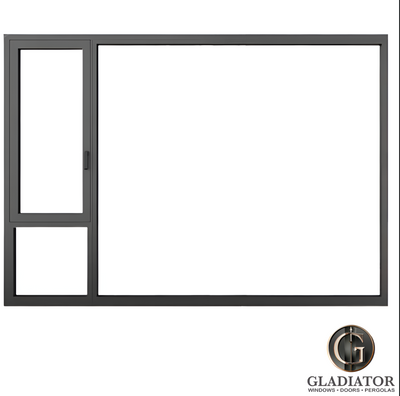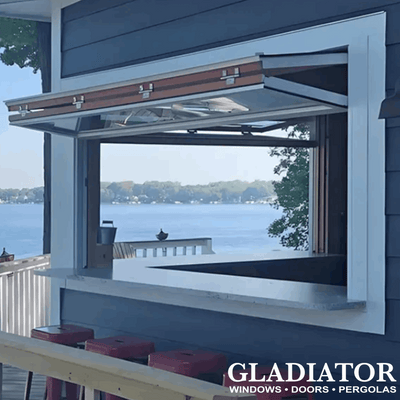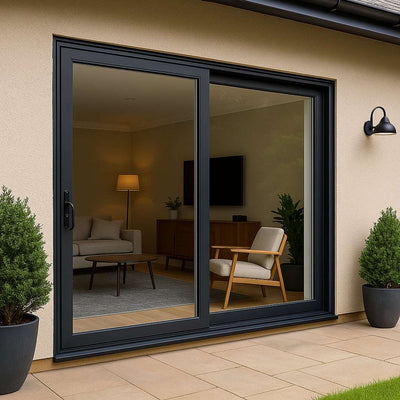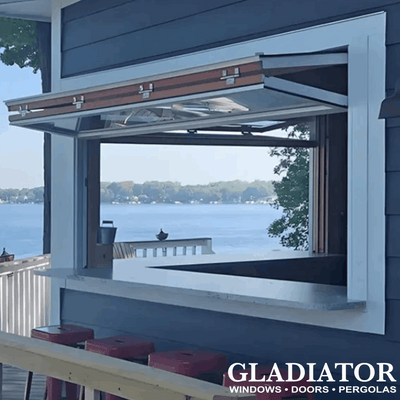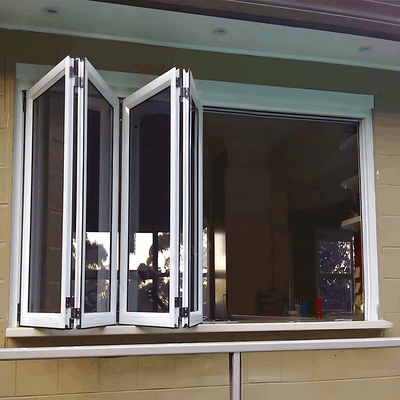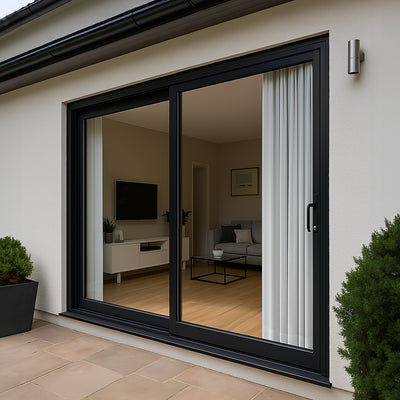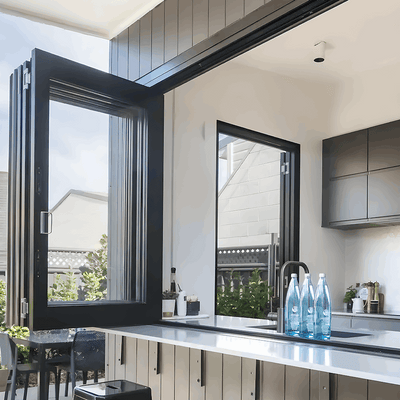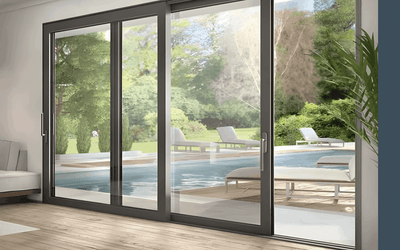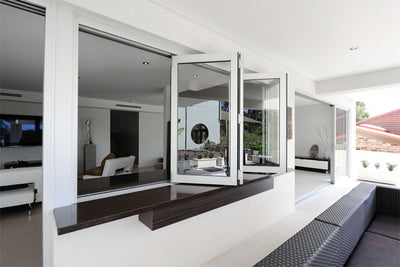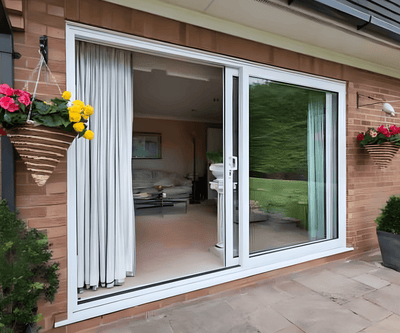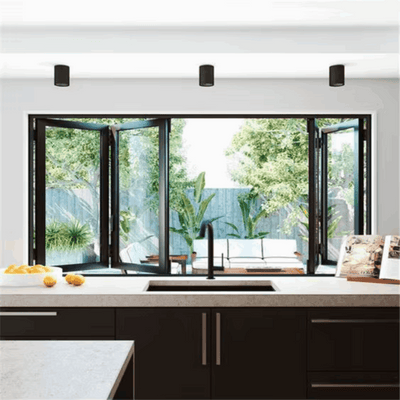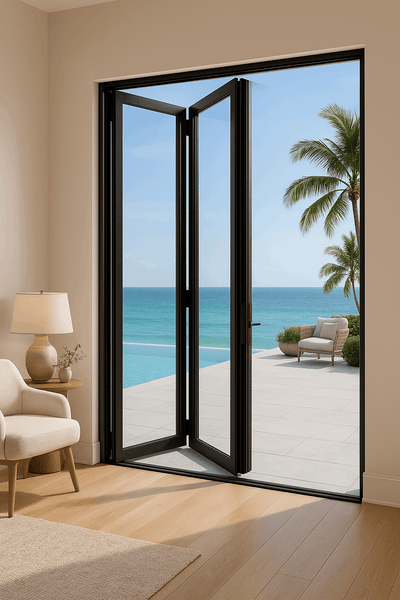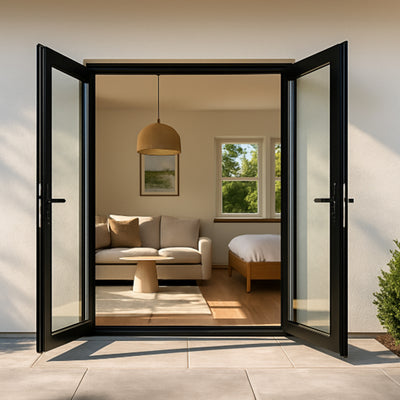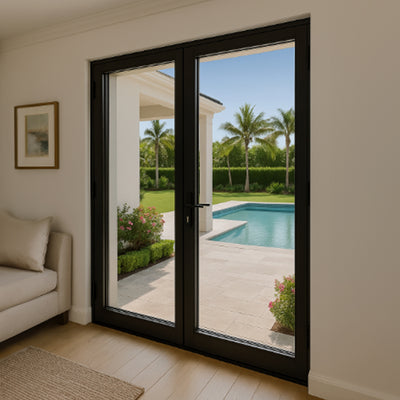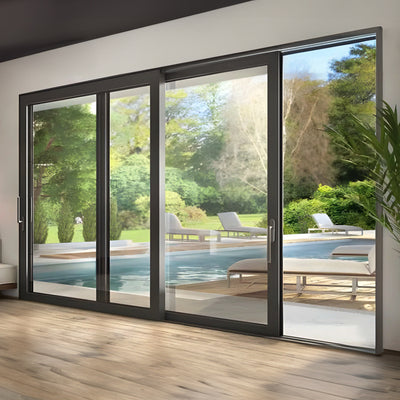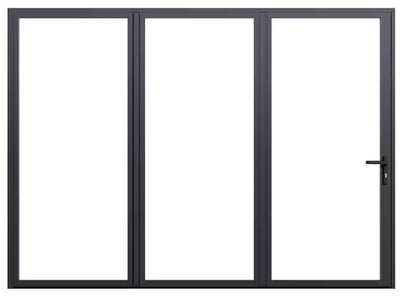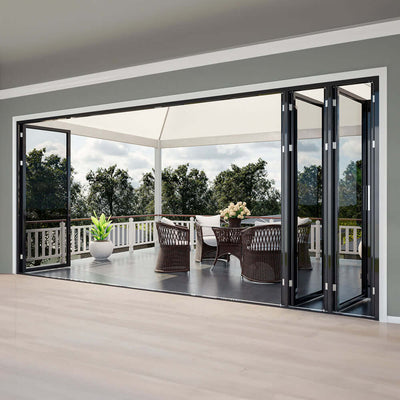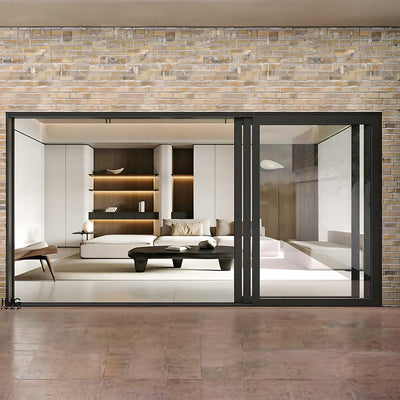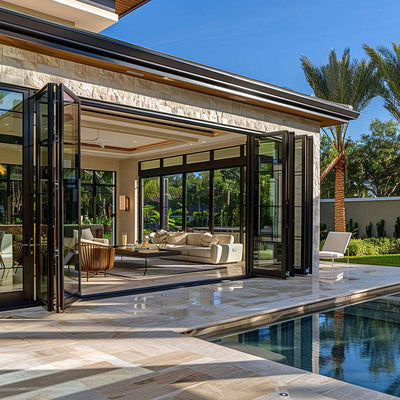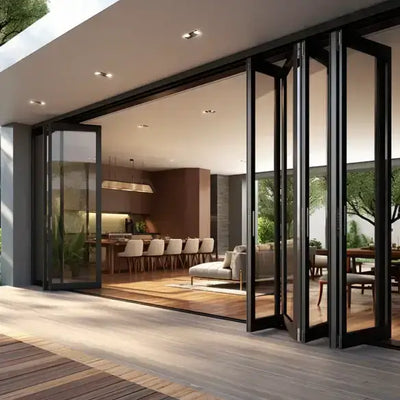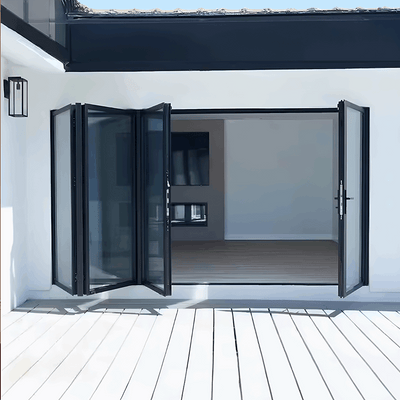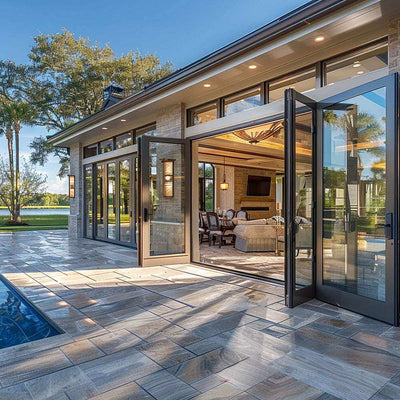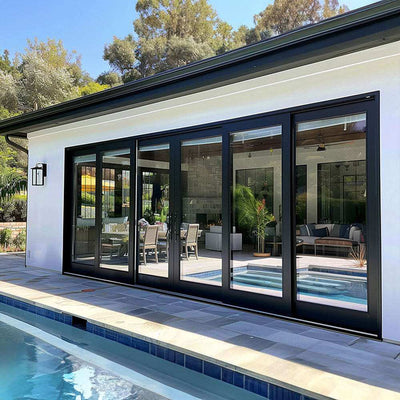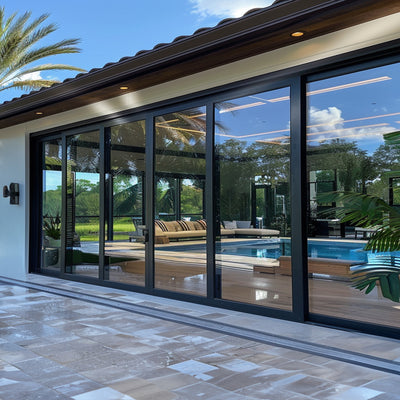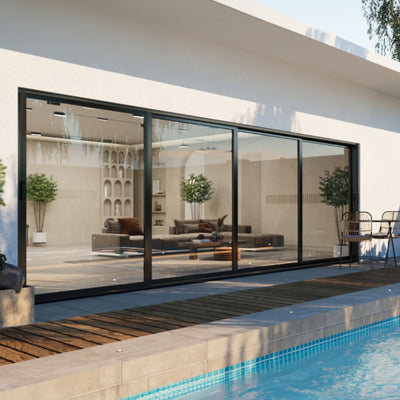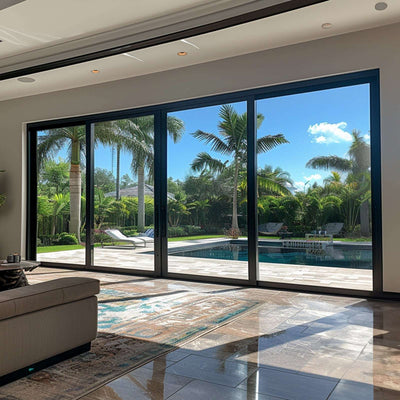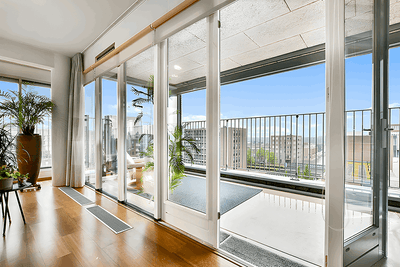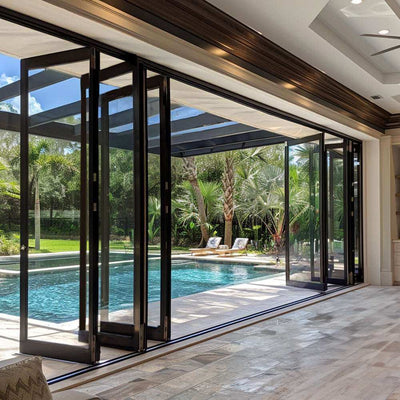The Hidden Cost of Window Drafts in Your Home
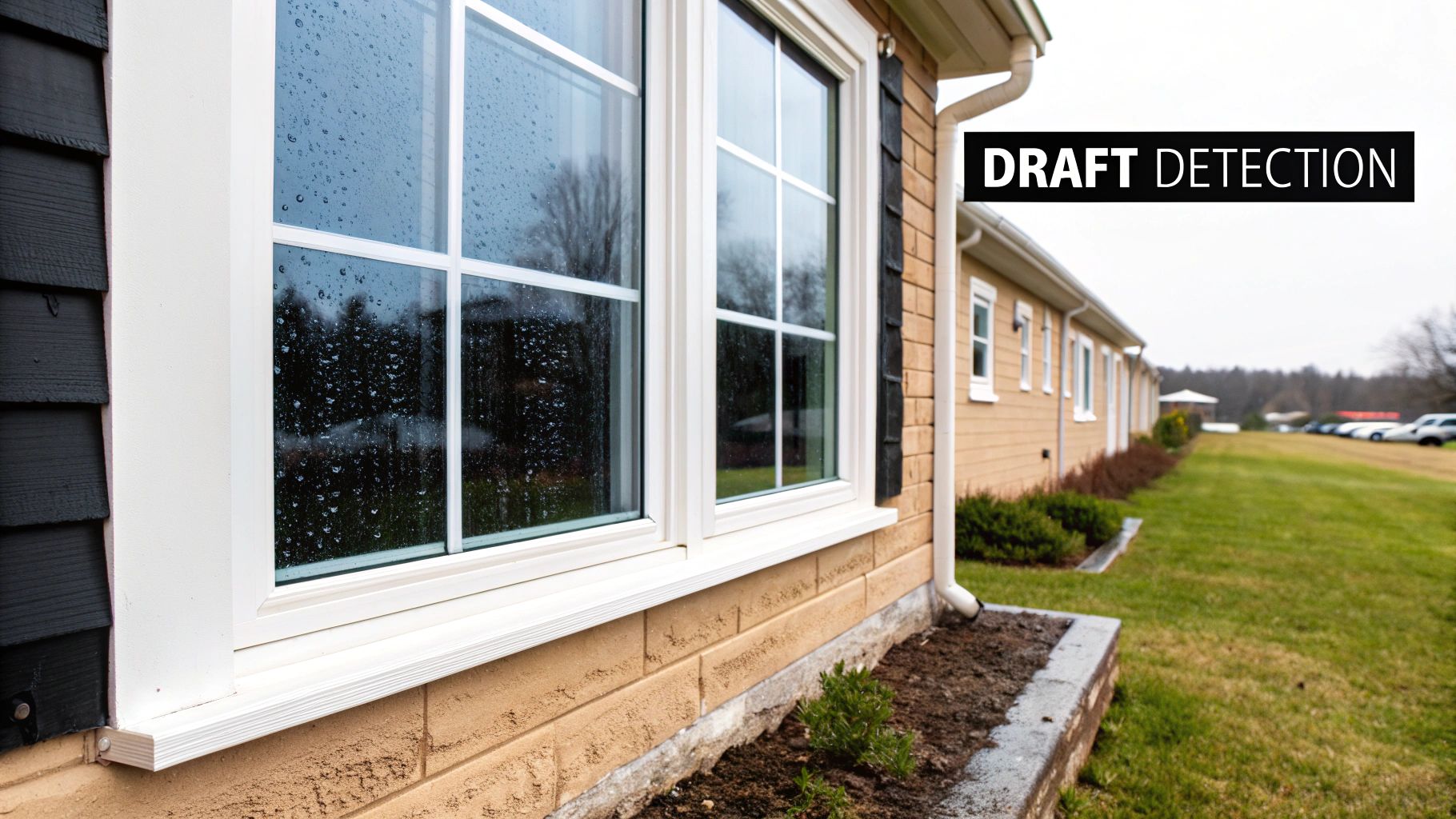
That persistent chill near your windows might be more than just uncomfortable. It could be a sign of wasted energy and higher energy bills. Those small drafts can significantly impact your home's efficiency, allowing precious heated air to escape and forcing your furnace to work overtime.
This isn't just about a slightly cooler room; it's about the cumulative effect on your wallet. A small gap might seem insignificant, but over time, the energy loss adds up. This can lead to a noticeable increase in your heating costs.
These drafts also contribute to uneven temperature zones throughout your house. You might find one room significantly colder than another, even with a consistent thermostat setting. This can make it difficult to achieve a comfortable temperature and may even cause you to use more energy trying to compensate for the variations. Furthermore, drafts can lead to unwanted dust accumulation and noise infiltration, impacting your home's overall comfort and tranquility.
Roughly 30% of a home's heating energy escapes through windows, making them a prime suspect for energy inefficiency and drafts. This loss is largely due to poor insulation and air infiltration through gaps. These gaps contribute to those chilly drafts in the winter and unwanted heat gain during the summer. Learn more about this. Identifying the source of these drafts is the first step towards saving energy and creating a cozier home. You might also find helpful articles on our blog sitemap.
Common Culprits: Identifying Draft-Prone Windows
Some windows are simply more prone to drafts due to their design or age. Older, single-pane windows, for example, often lack the insulating properties of modern double or triple-pane windows, making them particularly susceptible to air leakage. Worn or damaged weatherstripping can also be a major culprit, allowing air to seep through even when the window is closed.
Loose or improperly installed window frames create gaps that contribute to drafts. This is especially common in windows that weren't properly sealed or caulked during installation. Even seemingly minor installation issues can significantly reduce your home’s thermal inefficiency. Understanding how window type, condition, and installation affect draft susceptibility is crucial for addressing these issues effectively.
Immediate Fixes: Stop Window Drafts This Weekend
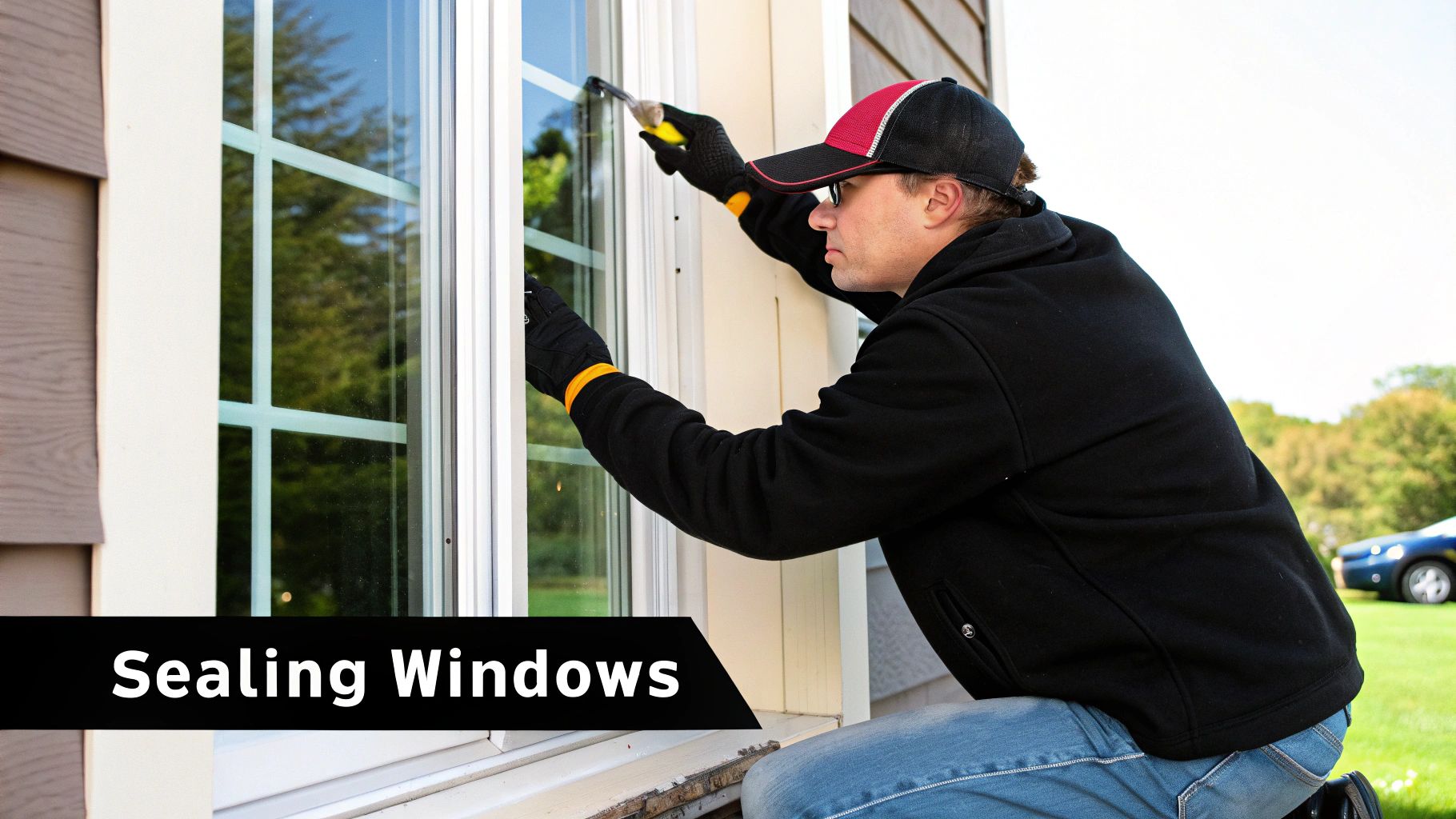
Drafty windows can make your home feel uncomfortable and increase your energy bills. But you don't need a full-scale renovation to fix them. Several affordable and effective DIY solutions can be implemented this weekend, offering immediate relief from those chilly breezes. Let's explore how you can improve your home's comfort and energy efficiency in just a couple of days.
Simple Solutions for Immediate Results
Several easy-to-implement solutions can help stop drafts quickly. Here are a few options to consider:
-
Weatherstripping: This comes in a variety of materials, including foam tape, felt, and rubber strips. It seals gaps between the window sash and frame, significantly reducing air leakage. Clean the window frame thoroughly before applying weatherstripping for optimal adhesion. Accurate measurements and precise cutting will ensure a proper fit.
-
Draft Snakes: These fabric tubes, filled with materials like rice or sand, block drafts at the base of your windows. You can buy them pre-made or easily create your own. Sewing a tube of durable fabric to the exact width of your window and filling it with your chosen insulating material is a simple DIY project.
-
Window Film: This thin, transparent film adds an extra layer of insulation directly to the glass, minimizing drafts and reducing heat transfer. Ensure the window is impeccably clean before applying the film for the best results.
These simple solutions can dramatically improve your home's comfort. Choosing the right material for your specific window and the source of the draft will maximize their effectiveness.
Choosing the Right Materials and Techniques
Different window types and draft sources require different approaches. Foam tape is ideal for small gaps, while rubber weatherstripping is better for larger gaps or frequently opened windows. A draft snake is a great choice if the draft originates from the bottom of the window. These draught-proofing measures can lead to substantial savings. In the United Kingdom, homeowners can save approximately £40 annually in Great Britain and about £45 in Northern Ireland on their energy bills. Explore this topic further.
To help you choose the right solution, let's compare the most common DIY draft stoppers. The table below outlines the average cost, effectiveness, installation difficulty, and durability of each option.
DIY Window Draft Solutions Comparison
| Solution | Average Cost | Effectiveness | Installation Difficulty | Durability |
|---|---|---|---|---|
| Weatherstripping | Low | Moderate to High | Easy | Moderate |
| Draft Snakes | Very Low | Moderate | Very Easy | Moderate |
| Window Film | Low | Moderate | Easy | High |
This table summarizes the key features of each DIY draft solution. Considering these factors can help you make the best choice for your needs. Proper installation is crucial for maximizing effectiveness. For instance, poorly applied window film can develop bubbles or wrinkles, reducing its insulation properties. For more detailed instructions, you might find this resource helpful: How to master window installations. With just a little effort this weekend, you can transform those drafty windows into cozy, comfortable spaces.
Professional Solutions That Actually Deliver Results
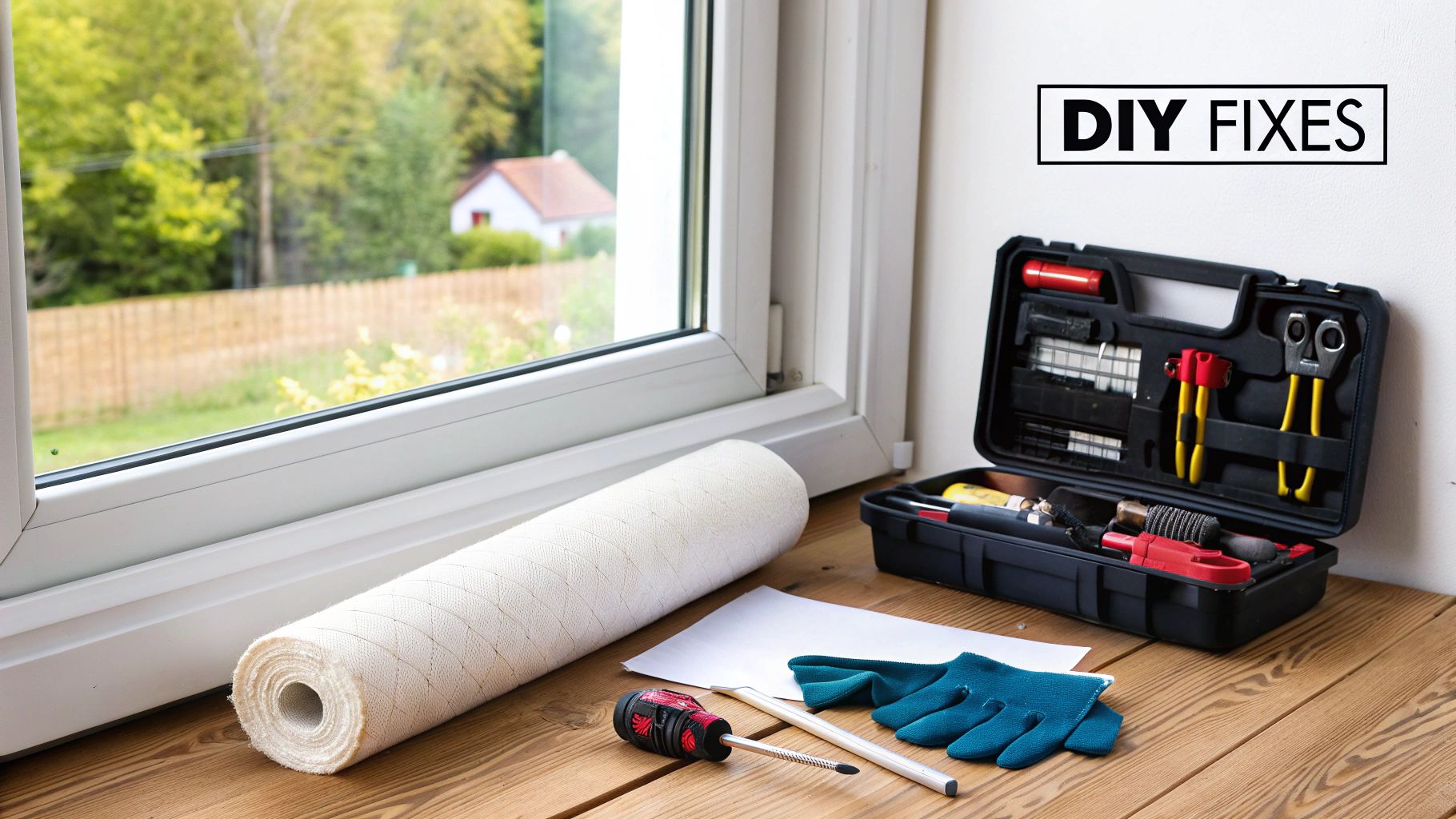
Sometimes, do-it-yourself fixes just aren't enough to tackle persistent window drafts. That's when it's time to consider professional solutions. But it's important to remember that not all professional services are created equal. Choosing the right one requires careful research and a good understanding of your options.
Evaluating Professional Services for Draft Elimination
Professional weatherstripping is a step up from DIY methods. Contractors use specialized tools and high-quality materials built for the long haul. They can also pinpoint hidden draft sources you might miss on your own. This expertise ensures proper application and effective sealing of all air leaks.
Window restoration is another valuable service, especially for older homes with original windows. It maintains the historic charm while improving energy efficiency by addressing underlying draft issues. This careful process involves repairing or replacing damaged parts, resulting in a tight seal and restored beauty and function.
For more comprehensive upgrades, think about advanced thermal barriers and innovative installation techniques. These technologies offer significant draft reduction without needing full window replacements. Thermal barriers, applied directly to the glass, minimize heat transfer, keeping you warmer in the winter and cooler in the summer. Improved installation techniques eliminate drafts by ensuring a perfect, airtight seal around the window frame.
The global demand for energy-efficient windows and doors is rising, fueled by growth in new construction and renovations. This market is expected to grow 2.8% annually, reaching an estimated $308 billion by 2028. This demonstrates the increasing awareness and demand for draft-reducing, energy-efficient products. Discover more insights about this trend.
Choosing the Right Contractor
Finding the right contractor is just as important as choosing the right solution. Get multiple quotes and compare not only prices but also the services offered and the contractor’s experience. Ask questions about their specific draft elimination methods, materials, and warranty policies.
Look for contractors familiar with emerging technologies in window draft prevention. Their knowledge of these techniques and materials demonstrates their commitment to offering effective solutions. Be cautious of unusually low prices or pushes for unnecessary services. A thorough evaluation ensures you choose a reputable professional who delivers real results. You might find this helpful: How to master window and door selection. Informed choices will maximize your investment and ensure your home is comfortable and energy-efficient.
Window Treatments That Transform Comfort Levels
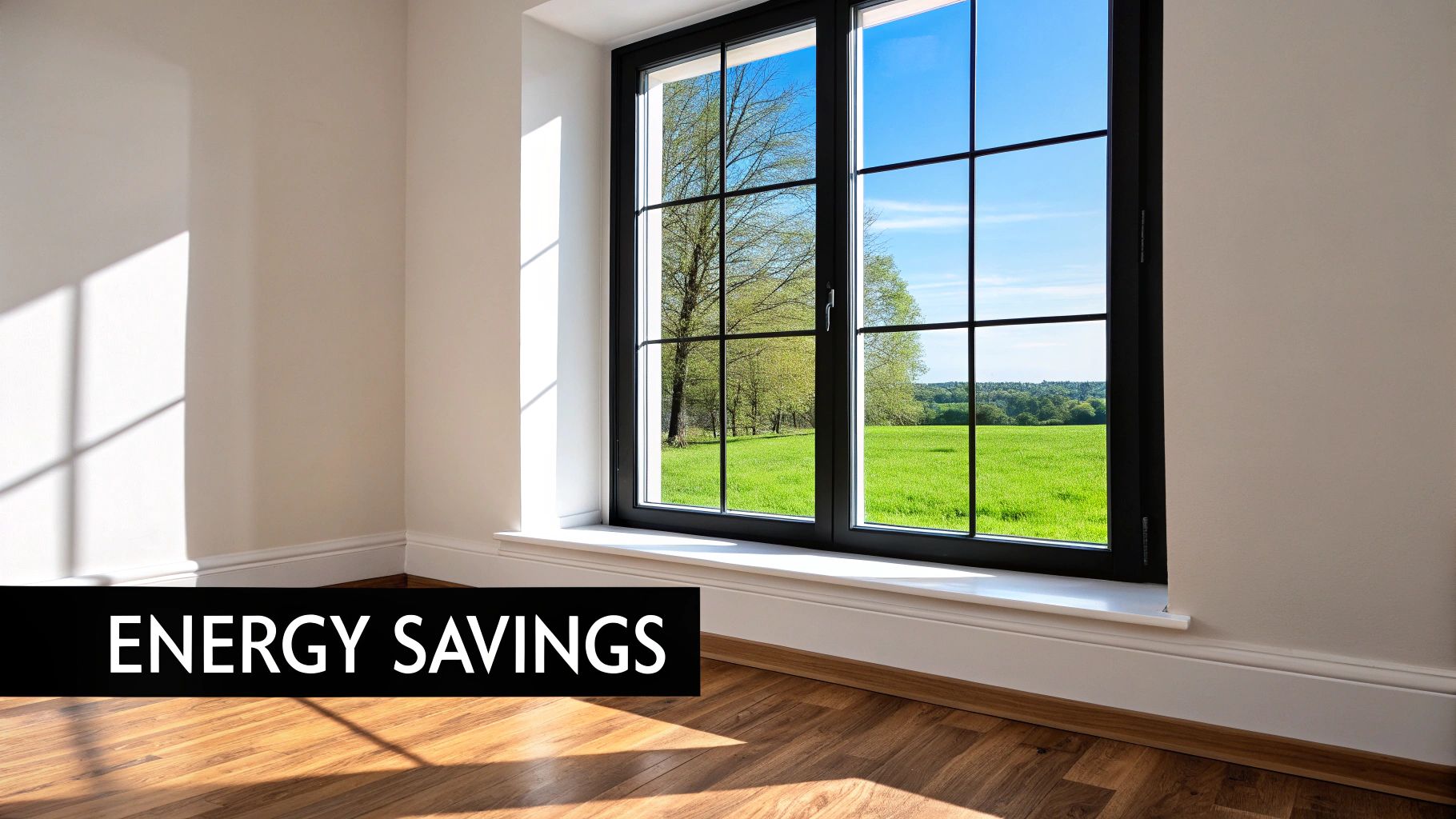
Window treatments offer more than just decorative flair; they play a significant role in home comfort. Beyond simply stopping drafts, the right coverings can dramatically improve insulation, leading to a more consistent temperature and potentially lower energy costs.
The Science Behind Thermal Window Treatments
Thermal window treatments are designed to minimize heat transfer, creating an insulating barrier between your windows and the surrounding air. This added layer of insulation provides a buffer against temperature fluctuations.
Cellular shades, also known as honeycomb shades, are a prime example. These shades create pockets of air that trap heat, much like the air space between panes in a double-paned window. This trapped air adds an extra layer of insulation at the window.
Thermal curtains also provide excellent insulation. They utilize heavy, tightly woven fabrics, often with a heat-reflective lining, to block both drafts and sunlight. This reflective quality helps manage temperatures year-round. In winter, the lining reflects heat back into the room, while in the summer, it deflects sunlight, keeping the room cooler.
Combining treatments, such as layering thermal curtains over cellular shades, can create an even more effective barrier. This multi-layered approach maximizes insulation and minimizes energy loss.
Selecting Window Coverings for Optimal Performance
Choosing window coverings involves finding the right balance between aesthetics and performance. You want treatments that are both effective insulators and visually appealing. Luckily, today's market offers a variety of stylish options that don't compromise on functionality.
Here's a quick guide to help you select effective and stylish window treatments:
-
Consider the window's location and size: Large, sun-facing windows may benefit from more robust treatments like thermal curtains. Smaller windows might be well-suited for cellular shades or blinds.
-
Think about your existing decor: Choose colors and patterns that complement your current furnishings and wall colors.
-
Factor in your budget: Thermal treatments can range in price, so it's important to balance cost with desired performance.
You might be interested in: How to master window and door selection.
Smart Automation for Dynamic Thermal Management
Smart automated window treatments offer enhanced comfort and convenience. These systems automatically adjust based on factors like temperature and sunlight, dynamically managing your home's thermal environment.
For instance, smart blinds can be programmed to close during peak sunlight hours. This reduces solar heat gain, minimizing the need for air conditioning. The automated system adapts to changing conditions, ensuring optimal comfort and energy efficiency throughout the day and across seasons.
This automation eliminates manual adjustments, intelligently adapting to changing conditions. Smart systems represent a significant advancement in window treatment technology, allowing for precise control of your home’s thermal environment. By combining smart automation with effective thermal window treatments, you can create a comfortable, energy-efficient home that truly adapts to your needs.
Your Season-by-Season Draft Prevention Strategy
Stopping window drafts isn't a one-time fix. It's an ongoing process that requires a year-round strategy. Just like you change your wardrobe with the seasons, your approach to draft prevention should also adapt to the unique challenges each season brings. This adaptable strategy, informed by energy efficiency experts, will ensure your home stays comfortable and energy-efficient throughout the year.
Winter Warfare: Proactive Draft Prevention
Winter's cold temperatures require more than just reactive measures. Proactive steps are essential for maximizing comfort and minimizing energy loss. Besides basic weatherstripping, consider how you manage your window coverings. Using thermal curtains and cellular shades creates insulating air pockets. For those extra drafty windows, temporary interior storm windows can provide an additional layer of insulation during the coldest months.
Supplemental insulation, such as applying clear plastic film to the inside of your windows, can also significantly reduce heat loss. This thin film acts as an extra barrier, minimizing heat transfer through the glass.
Spring and Fall: Maintenance is Key
Spring and fall are the perfect times to address potential draft issues before they become major problems. Inspect your windows for worn or damaged weatherstripping and replace it if necessary. Look for any gaps or cracks around the window frame and seal them with caulk. These simple maintenance tasks can prevent minor issues from developing into significant drafts. Think of it as preventative maintenance for your windows.
Summer Strategies: Managing Heat Gain
While winter is about retaining heat, summer is about preventing cooling loss and managing solar heat gain. During the hottest times of the day, close your blinds or curtains to block direct sunlight. Consider using exterior awnings or solar screens to further reduce heat gain. These measures can significantly lower the strain on your air conditioning system, saving energy and keeping your home cool.
Planning for Long-Term Solutions
Strategically timing larger window improvements can save you money. Contractor availability often increases during the less busy seasons, and some companies offer seasonal discounts. This makes spring or fall an ideal time for bigger projects like window replacements or professional weatherstripping installation.
To help you plan your draft prevention efforts, take a look at the table below. It provides a month-by-month guide to addressing window drafts and maintaining an energy-efficient home.
Seasonal Window Draft Prevention Guide
| Season | Primary Concerns | Recommended Actions | Maintenance Tasks |
|---|---|---|---|
| Winter | Heat Loss, Cold Drafts | Thermal curtains, cellular shades, supplemental insulation, interior storm windows | Inspect weatherstripping, seal gaps |
| Spring | Transition, Potential Drafts | Inspect and replace weatherstripping, caulk gaps | Clean windows and window coverings |
| Summer | Heat Gain, Cooling Loss | Close blinds/curtains, use awnings/solar screens | Check for air leaks around window frames |
| Fall | Transition, Potential Drafts | Inspect and replace weatherstripping, caulk gaps | Clean windows and prepare for winter coverings |
As you can see, a little proactive maintenance can go a long way in preventing drafts. By taking these steps, you'll not only improve your home's comfort but also save on energy costs.
By implementing these seasonal strategies, you can effectively stop window drafts and create a more comfortable and energy-efficient home year-round. Remember, preventing drafts isn't just about comfort; it's about saving money and making your home more sustainable.
The Real ROI: Calculating Your Draft-Stopping Savings
Stopping window drafts isn't just about comfort; it's a smart financial decision. Reducing energy waste can significantly lower your utility bills. This translates to a real return on investment for your draft-stopping efforts. Let's explore how to calculate these savings and understand the long-term financial benefits.
Assessing Your Current Energy Loss
Before calculating potential savings, you need to understand your current energy loss. A simple home energy audit can pinpoint drafty areas costing you money. Professional audits offer detailed insights, but you can conduct a basic assessment yourself.
-
Feel for drafts: On a windy day, run your hand around your window edges. Note any cool air entering.
-
Check for visible gaps: Examine window frames for cracks or gaps, clear indicators of air leaks.
-
Monitor your energy bills: Track your energy usage for several months. Identify unusual spikes or trends suggesting excessive energy consumption due to drafts.
These simple checks reveal the extent of your energy loss. This is the first step toward calculating your potential ROI from draft-stopping.
Projecting Potential Savings
Once you understand where energy is lost, project the savings you could achieve. Several factors influence these potential savings:
-
Climate Zone: Homes in colder climates experience greater energy loss through drafts, leading to higher potential savings.
-
Energy Costs: Your local energy rates directly impact your savings from reduced energy consumption.
-
Intervention Level: Different draft-stopping methods offer varying effectiveness. Simple DIY solutions offer modest savings, while upgrades like new windows offer significant energy efficiency improvements.
For example, sealing a drafty window with weatherstripping might save you 10-15% on heating costs for that window. Replacing an old, single-pane window with an energy-efficient model could yield 25-50% savings or more.
Calculating Payback Periods and Long-Term Value
Understanding payback periods helps evaluate the long-term financial benefits of different draft-stopping measures. The payback period is the time it takes for accumulated energy savings to equal the improvement's initial cost.
-
DIY solutions like weatherstripping or draft snakes often have payback periods within a single heating season.
-
More substantial investments, like new windows or professional weatherization, have longer payback periods but offer greater long-term savings.
Consider this: Spending $50 on weatherstripping and saving $75 on heating over the next year results in a payback period of less than one year. Spending $1,000 on new windows and saving $200 annually results in a five-year payback period. While the initial cost is higher, the greater annual savings provide significant returns over the windows' lifespan.
Tax Incentives and Rebates
Government programs offer tax incentives, rebates, and financial assistance for energy-efficiency upgrades. Check out our guide on how to master navigating these programs to maximize savings. These programs can reduce upfront costs, shortening payback periods and maximizing ROI.
Maximizing Your Financial Benefit
By calculating potential savings, understanding payback periods, and utilizing available resources, stopping window drafts becomes a smart financial strategy. Prioritize improvements based on your budget, climate, and expected ROI. Whether you choose quick fixes or long-term upgrades, tackling drafts benefits both your comfort and your wallet.
Ready to upgrade your windows and doors for significant energy savings? Gladiator Window and Doors offers high-quality, custom-made products at competitive prices. Explore our selection of extra-large sliding doors, pivot doors, bi-fold doors, panoramic doors, folding windows, and pergolas. Take advantage of our Best Offer Guarantee and start saving today!









